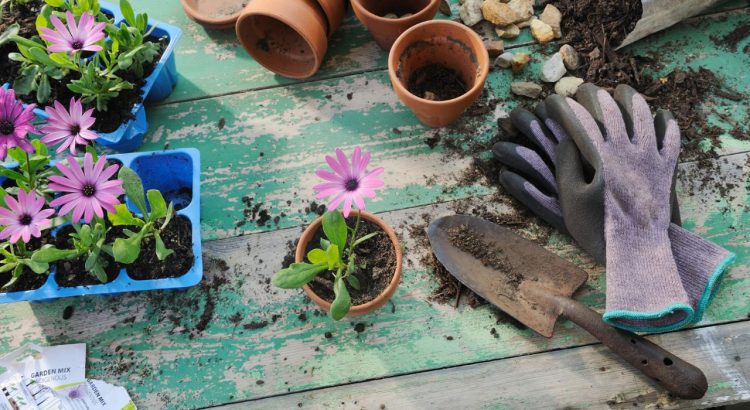Whether you’re a new gardener or you’re a seasoned pro, there are many gardening tips and advice that can help you achieve your goals. Some of the most common gardening tips include planning your garden, preparing a planting site, removing salt deposits from clay pots, and making sure that your plants have enough sunlight and shade. Ensuring that everything that grows in your garden is happy and healthy is the key to successful gardening. Like humans, plants, flowers and trees need certain conditions to be able to grow and thrive. Without the right conditions, then your garden will look dull and wiltering. You also want to encourage the correct insects that will help your garden to grow, such as bees.
Plan your garden
Whether you are planting a vegetable garden, or a small yard full of flowers, there are several things you can do to help ensure you get the most out of your gardening efforts. Creating a well-planned and organized space is an important part of making your garden a successful endeavor.
One of the first things to consider is the amount of sunlight your garden will receive. Ideally, your vegetables should be in a place that gets at least six hours of sun a day. However, if you are planning to grow plants that require less light, you might want to consider planting in areas that receive less than half that much.
Another consideration to keep in mind is crop rotation. This is a practice that is aimed at keeping the soil healthy and preventing disease.
Adjust plants to sun/wind before planting
Getting your digits into the ground isn’t the only trick in the crown. A small sprinkling of luck and a bit of elbow grease will have you reaping the fruits of your labor in no time. The next time you find yourself at home in the dark, try a few slam dunks and you’ll be on your way to a bountiful harvest in no time at all. The only caveat is the weather, a few days of rain or sun is not the only thing that will keep you from the good stuff. Thankfully, the weather isn’t what it used to be, and you’ll be rewarded for your hard work. The best part is that you’ll be able to enjoy the fruits of your labour for the next couple of months, or at least that’s the plan of attack.
Remove salt deposits from clay pots
Whether you’re a veteran gardener or just getting started, you can learn how to remove salt deposits from clay pots. In this article, you’ll find 14 handy tips from master gardener Paul James.
First, you’ll need to empty the pot. Ideally, you’ll want to stand the pot in the sink or shower. This allows the water to flow through the pores of the pot without getting trapped inside. Then, you’ll need to rinse the pot thoroughly with plain water.
Once you’ve removed the plant from the pot, you’ll need to wash the inside of the pot with a disinfectant. You can either use a dish detergent or a bleach solution.
Some people also recommend using a vinegar solution. If you use vinegar, you’ll need to soak the pot for a couple of minutes. This will help loosen mineral salts. Once they’re loose, you can scrub the pot with a rag or scrub brush.
Keep track of plants in your garden
Keeping track of plants in your garden is an essential part of maintaining the beauty of your outdoor area. Some plants require regular watering while others need to be exposed to the sun. There are many tools available to help you keep track of the status of your plants. Some of these tools are designed for beginners while others are perfect for experienced gardeners.
One of the best ways to keep track of plants in your garden is to use a spreadsheet. These can be downloaded online, or you can create your own. This way, you can add notes, draw pictures, and track changes over time. This spreadsheet is also a great way to share your plants with other gardeners.
Another option for tracking your garden is to use a simple app. There are several options on the Google Play Store and the iTunes App Store. These apps will tell you when fruits and vegetables are ready to harvest. They also provide weather information and task lists.
Reduce the size of your lawn
Whether it’s a small backyard, or a huge front lawn, reducing the size of your lawn can make it look better and function more effectively. In addition, a small yard may also be the perfect spot for some of your favorite plants. There are many ways to go about reducing the size of your lawn.
In general, the best way to reduce the size of your lawn is to evaluate the current state of your lawn. This will give you a better idea of how much space you’ll need to fill up with new plantings. Once you have an idea of how much space you’ll need, you can start the process of reducing the size of your lawn.
The biggest reason to do this is to save money. Watering a big lawn can add up to significant bills. If you are able to trim and mulch your lawn, you’ll save hundreds, if not thousands of dollars in the long run.

